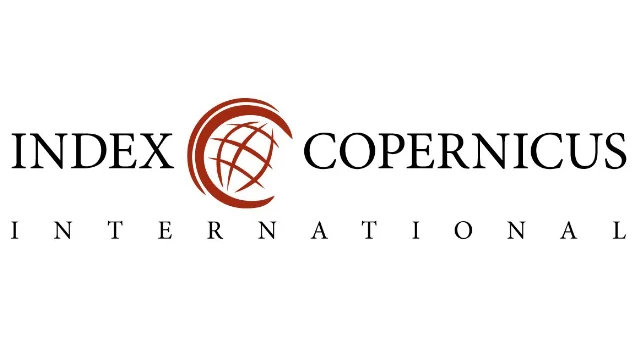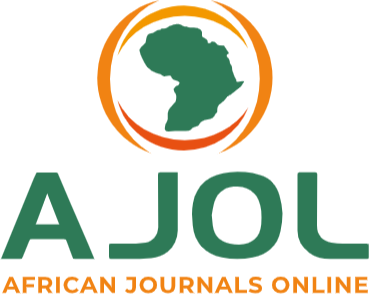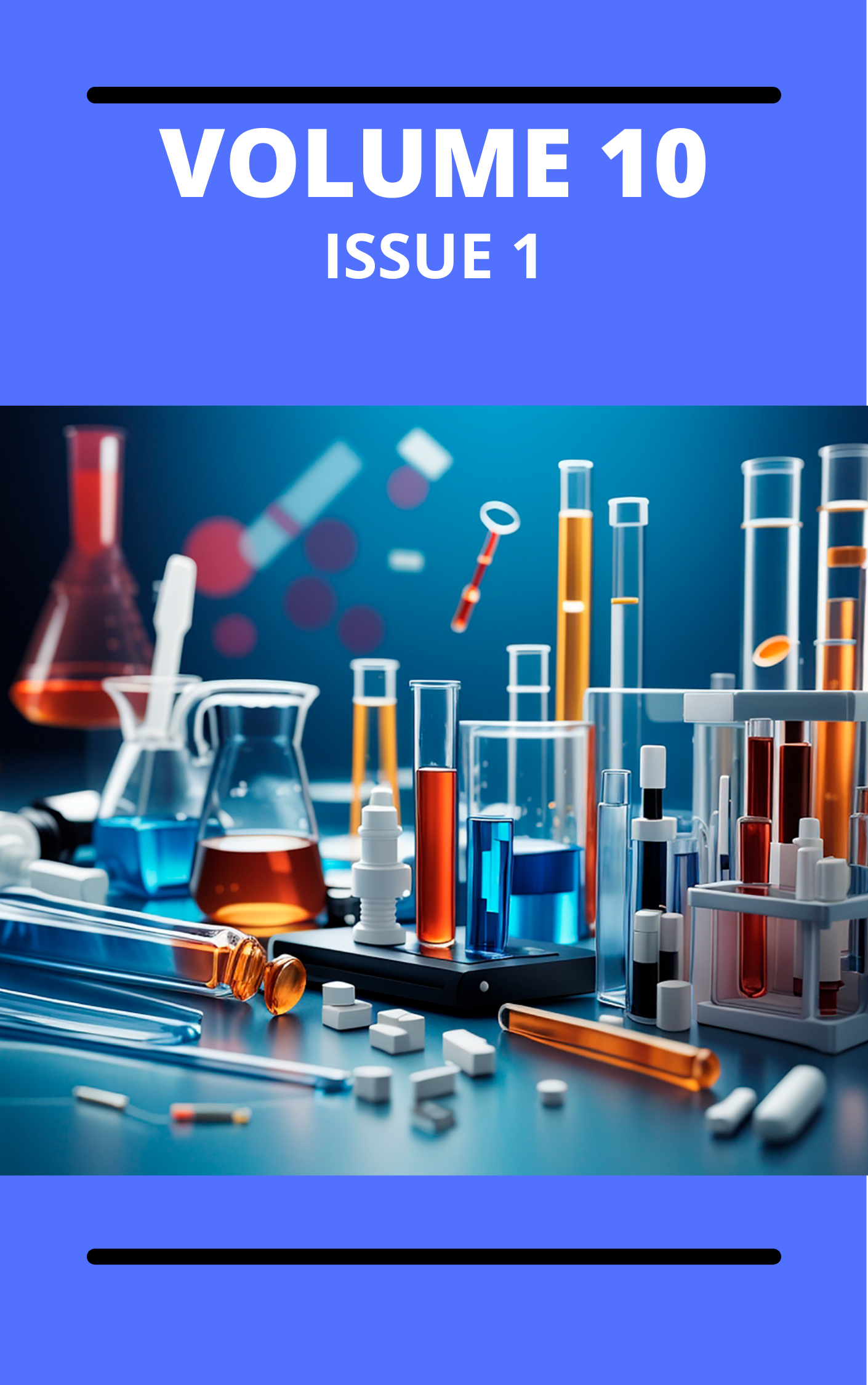Heteroatom-Doped Carbon Allotropes in Corrosion Protection
Keywords:
Heteroatom-doped carbon allotropes, corrosion protection, Nitrogen-doped grapheneAbstract
Heteroatom-doped carbon allotropes, characterized by the incorporation of non-carbon elements into their structures, have emerged as promising candidates for advanced corrosion protection. This explores the significance of heteroatom-doped carbon allotropes, such as nitrogen-doped graphene in revolutionizing corrosion inhibition techniques. These materials exhibit enhanced catalytic activity, improved barrier properties, and tailored surface reactivity, making them invaluable for inhibiting corrosive processes which is a ubiquitous challenge in materials science, and demands innovative strategies for effective protection. This article focuses on the mechanisms through which heteroatom-doped carbon allotropes provide corrosion protection, including barrier protection and cathodic protection, elucidating their fundamental role in hindering the corrosion process and also highlighting their applications in diverse industries, emphasizing their pivotal role in ensuring the durability and longevity of materials exposed to corrosive environments. The challenges and future prospects associated with these materials are also discussed, underscoring their potential to redefine the landscape of corrosion protection technologies.
Downloads
Published
Issue
Section
Most read articles by the same author(s)
- Ajike Eziyi Emea, Lebe Agwu Nnanna, Orji Obinwa, Elizabeth Chinyere Nwaokorongwu, Investigation of the inhibitive Properties of Irvingia gabonensisExtractan for the Corrosion of Aluminum Alloy (aa4007) in 1 m HCl , Communication In Physical Sciences: Vol. 9 No. 3 (2023): VOLUME 9 ISSUE 3
Similar Articles
- Samuel Awolumate, Aderonke Nana Agbo, Nutrient Retention and Feed Utilization Efficiency in Clarias gariepinus: The Role of Lysine and Methionine in Enhancing Protein Deposition and Reducing Nitrogen Waste , Communication In Physical Sciences: Vol. 12 No. 3 (2025): VOLUME 12 ISSUE 3
- Iniofon Udom, Grace Cookery, Paul Ocheje Ameh, Investigation of Acanthus montanus Leaves Extract as Corrosion Inhibitor for Copper in 2 M Sulphuric Acid , Communication In Physical Sciences: Vol. 12 No. 3 (2025): VOLUME 12 ISSUE 3
- Okoche Kelvin Amadi, Stella Mbanyeaku Ufearoh, Innocent Ajah Okoro, Paulina Adaeze Ibezim, Mitigation of the Corrosion of Mild Steel in Acidic Solutions Using An Aqueous Extract of Calopogonium muconoide (cm) as a green corrosion inhibitor , Communication In Physical Sciences: Vol. 8 No. 3 (2022): VOLUME 8 ISSUE 3
- F. E. Awe, Adsorptive studies of the inhibitive properties of ethanolic extracts of Parinari polyandra on Mild steel in acidic media , Communication In Physical Sciences: Vol. 4 No. 1 (2019): VOLUME 4 ISSUE 1
- Anduang Ofuo Odiongenyi, Removal of Ethyl Violet Dye from Aqueous Solution by Graphite Dust and Nano Graphene Oxide Synthesized from Graphite Dust , Communication In Physical Sciences: Vol. 4 No. 2 (2019): VOLUME 4 ISSUE 2
- P. O. Ameh, N. O. Eddy, Theoretical and Experimental Investigations of the Corrosion Inhibition Action of Piliostigma Thonningii Extract on Mild Steel in Acidic Medium , Communication In Physical Sciences: Vol. 3 No. 1 (2018): VOLUME 3 ISSUE 1
- Gideon Wyasu, Batch adsorption of Mn2+ and Co3+ from Refinery wastewater using activated carbon from epicarp of Detarium microcarpum and Balanites aegyptiaca shells , Communication In Physical Sciences: Vol. 3 No. 1 (2018): VOLUME 3 ISSUE 1
- Nathaniel Atamas Bahago, Gideon Wyasu, Mary Gojeh, Optimization of Activated Carbon Preparation from Corncob Wastewater Treatment , Communication In Physical Sciences: Vol. 7 No. 2 (2021): VOLUME 7 ISSUE 2
- Babatunde T. Ogunyemi, Richard A. Ukpe, Quantum Molecular Parameters for the Prediction of Corrosion Inhibition potentials of some Alkaloids in Cryptocarya nigra Stem , Communication In Physical Sciences: Vol. 8 No. 4 (2022): VOLUME 8 ISSUE 4
- Gideon Wyasu, Batch adsorption of Hg2+ and As3+ ions in Hospital wastewater using activated carbon from Balanites aegyptiaca and Detarium microcarpum , Communication In Physical Sciences: Vol. 5 No. 4 (2020): VOLUME 5 ISSUE 4
You may also start an advanced similarity search for this article.




